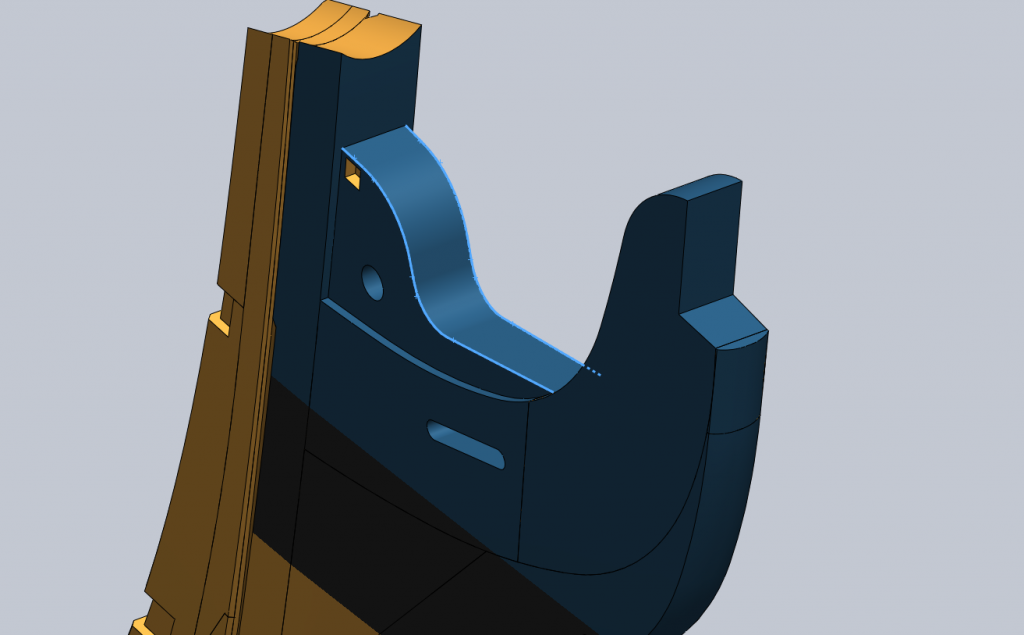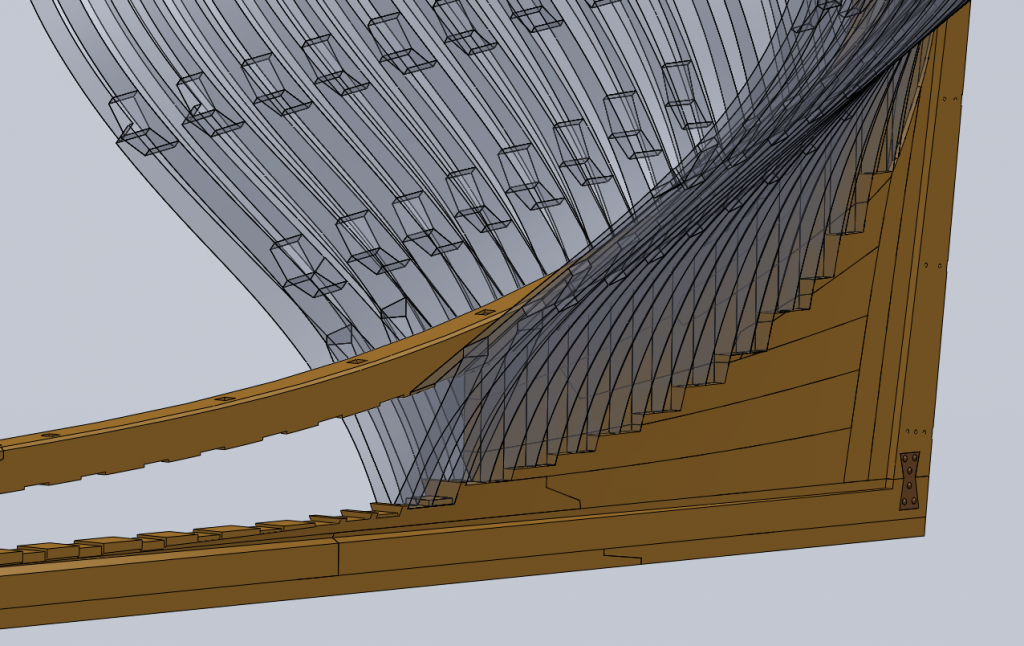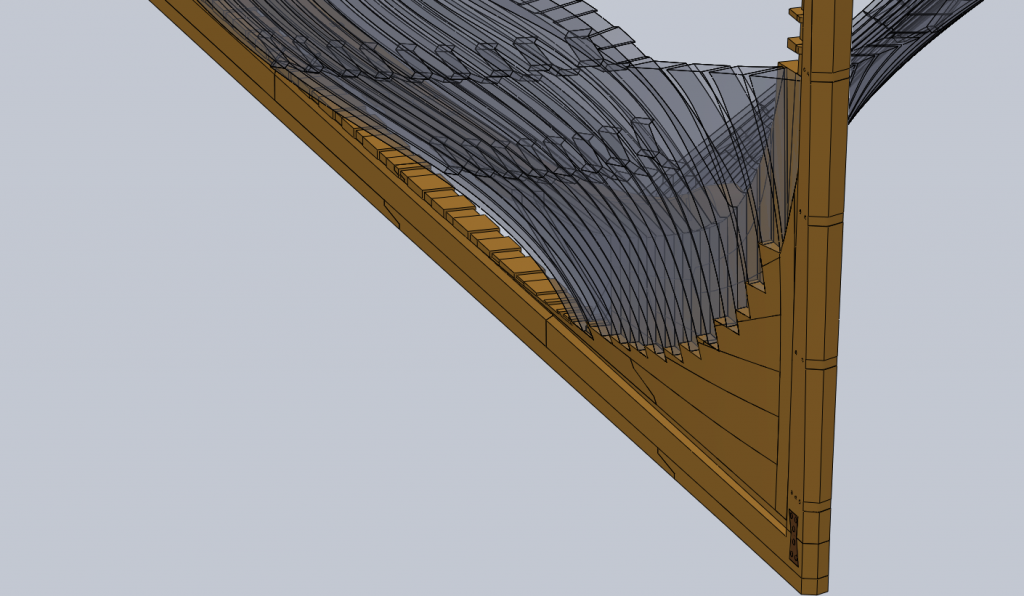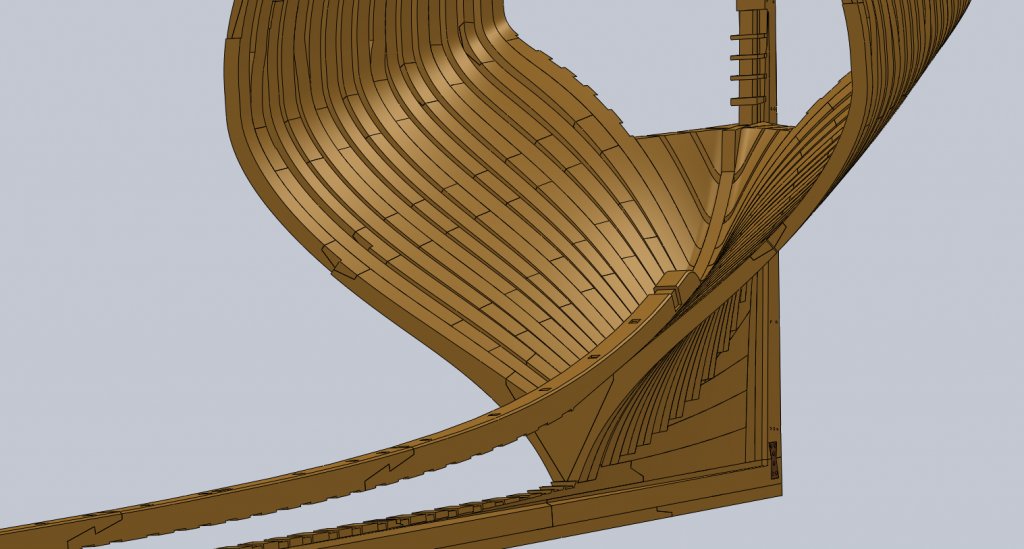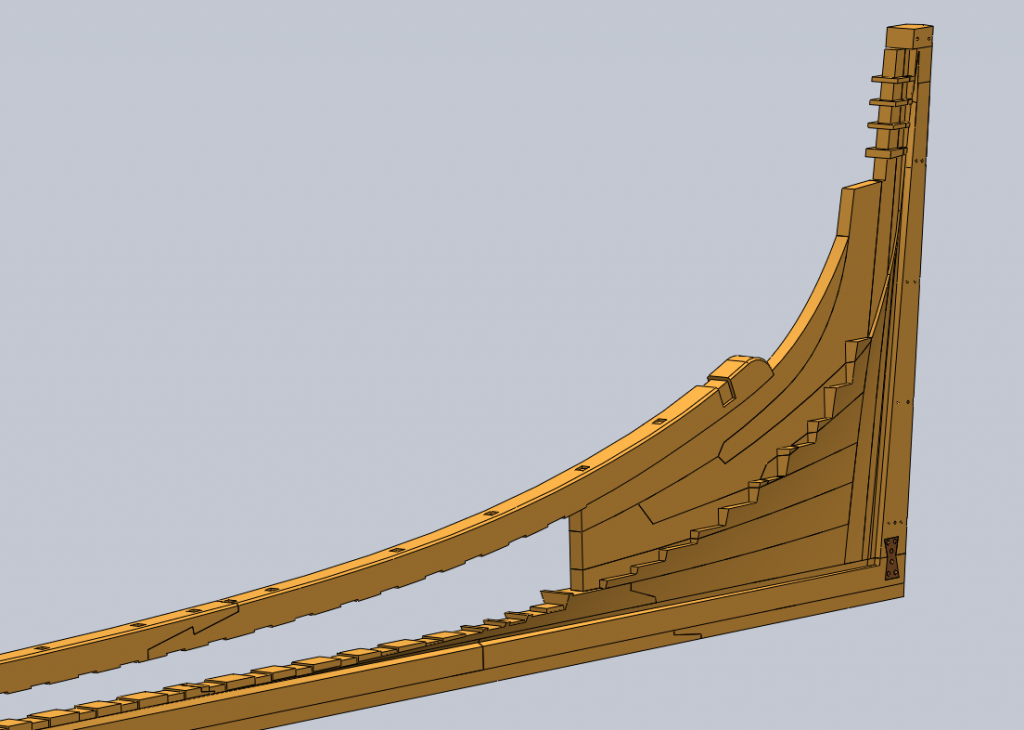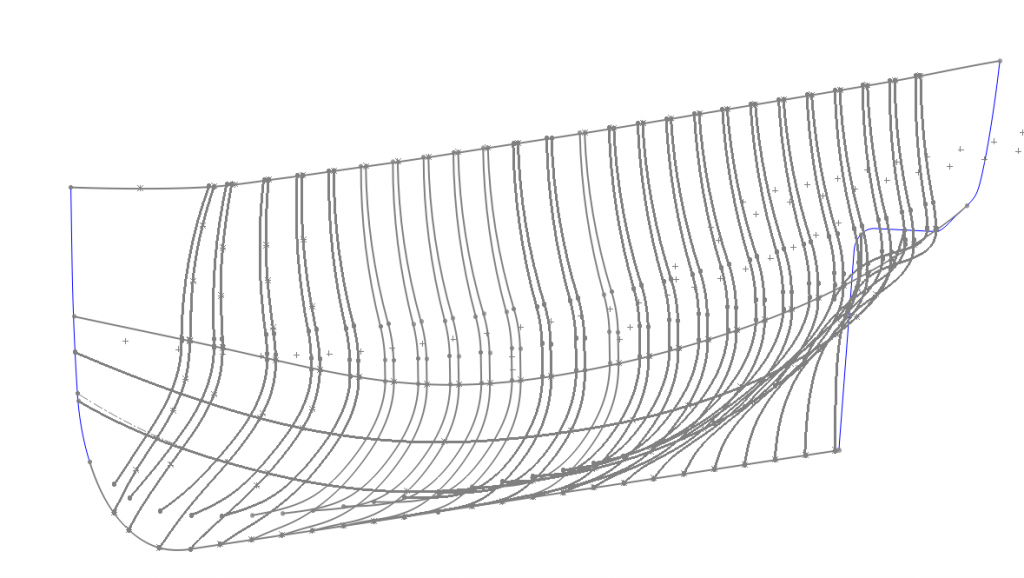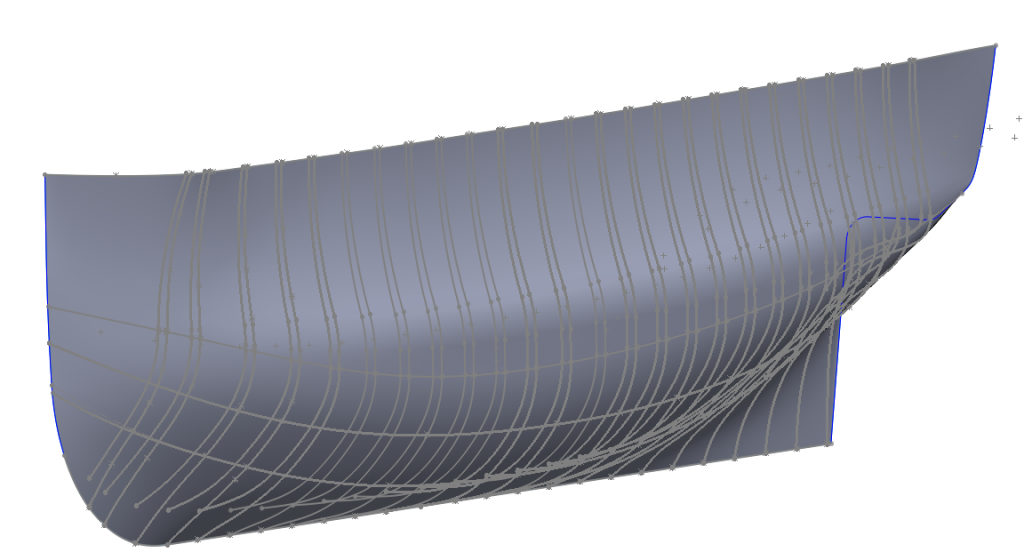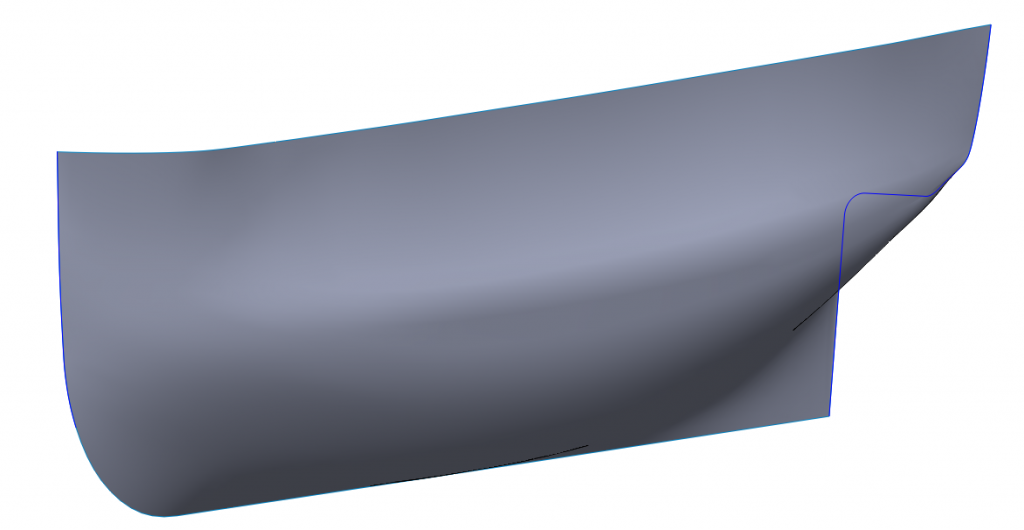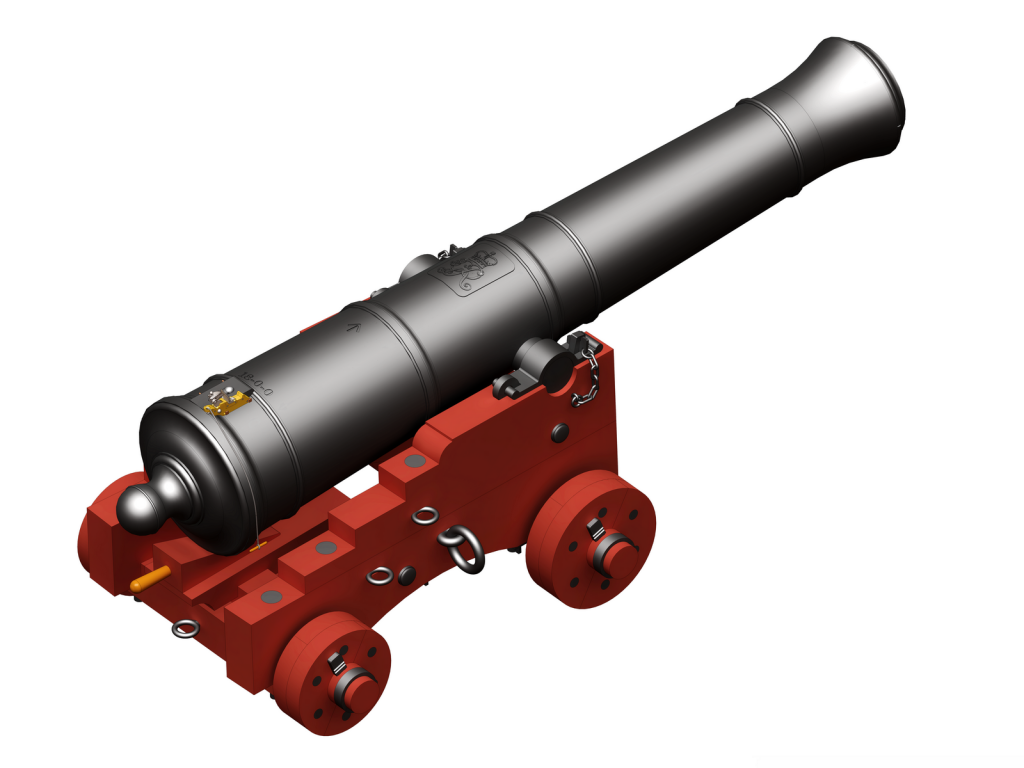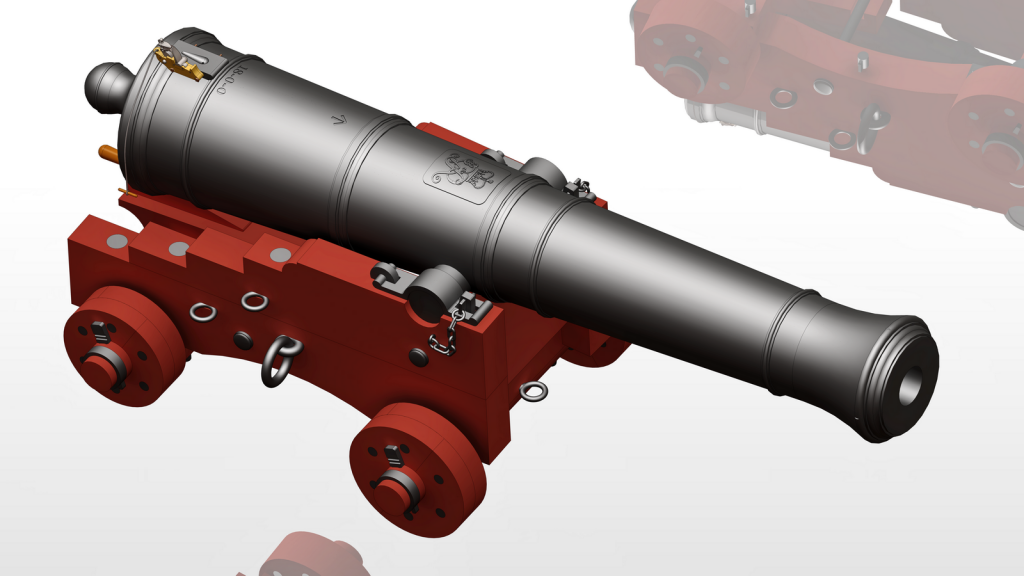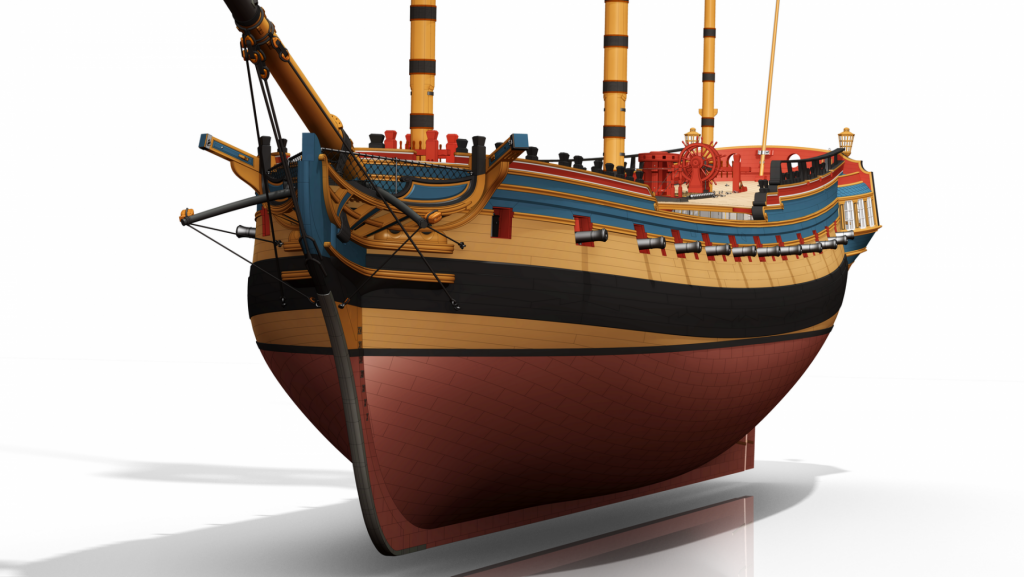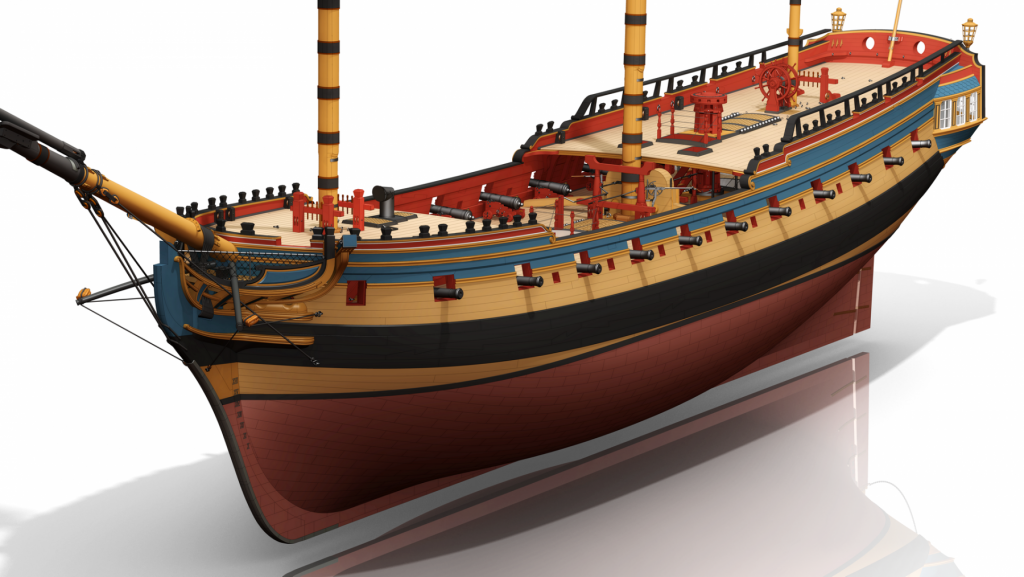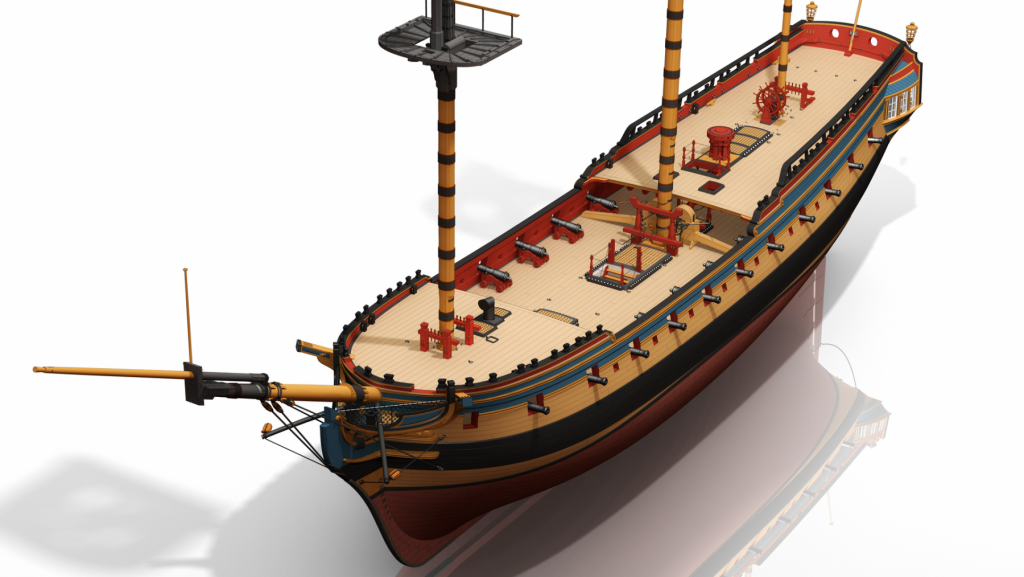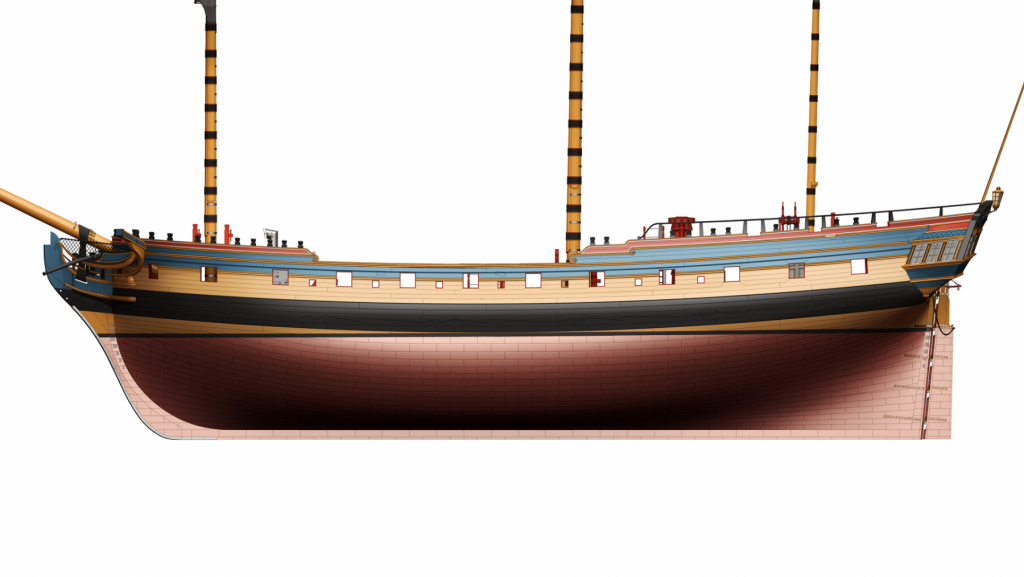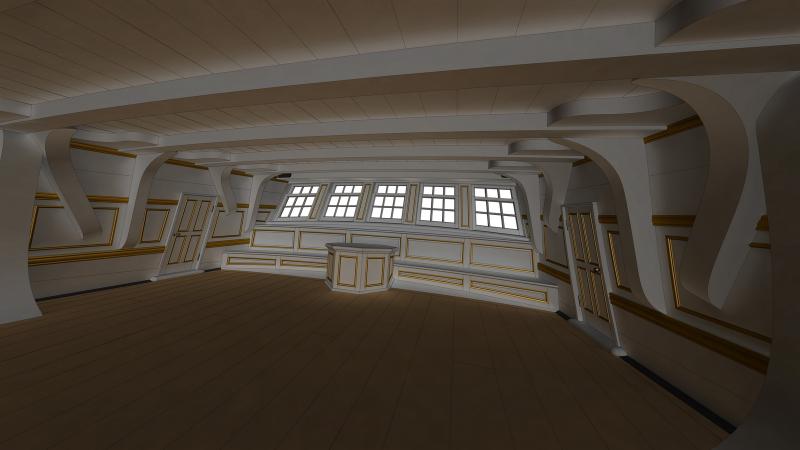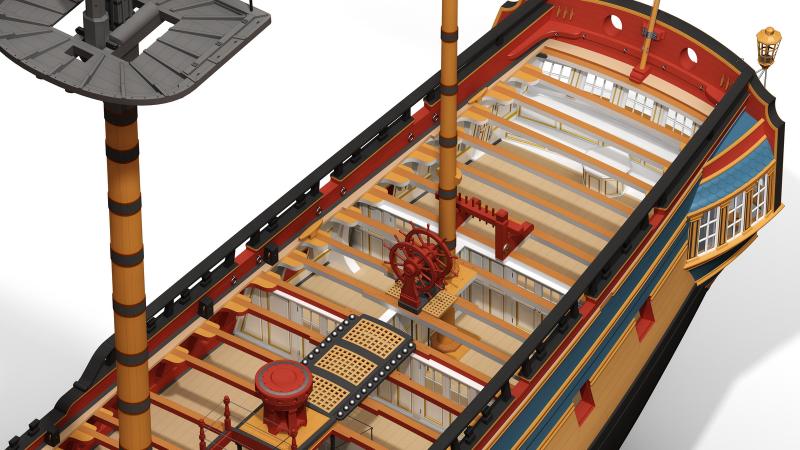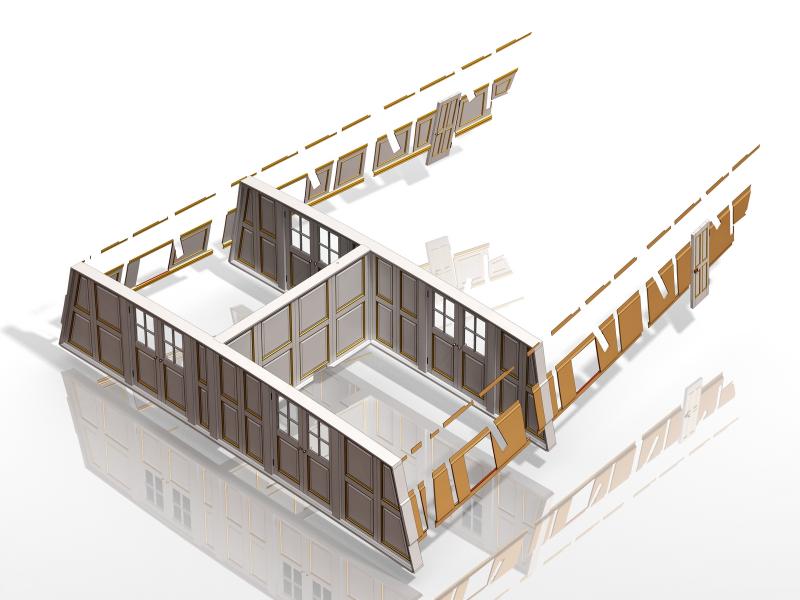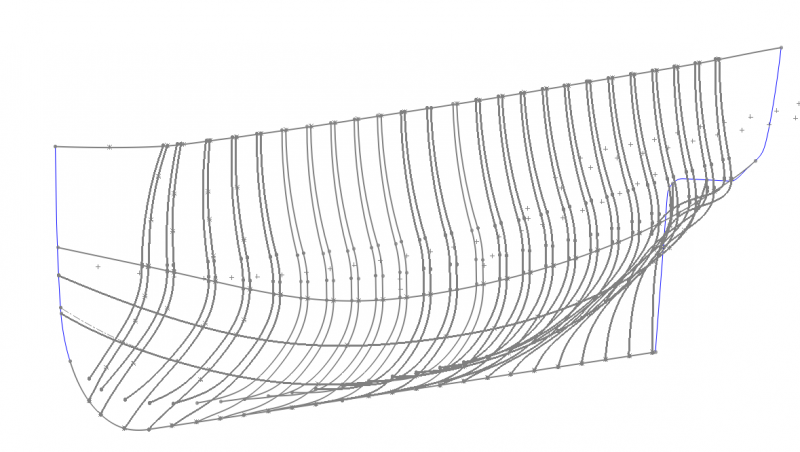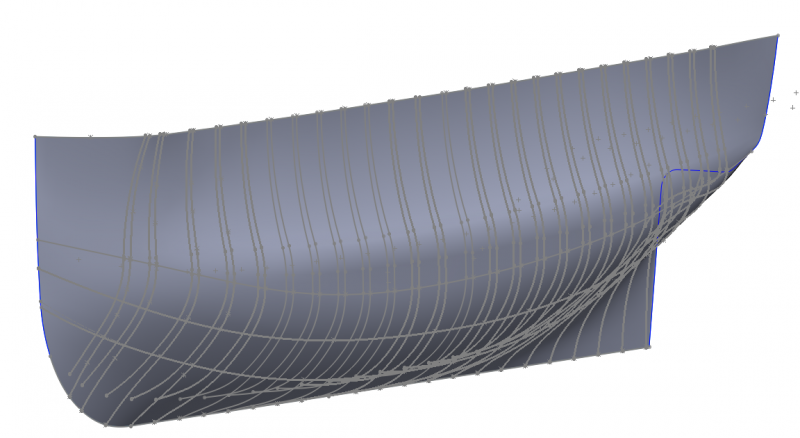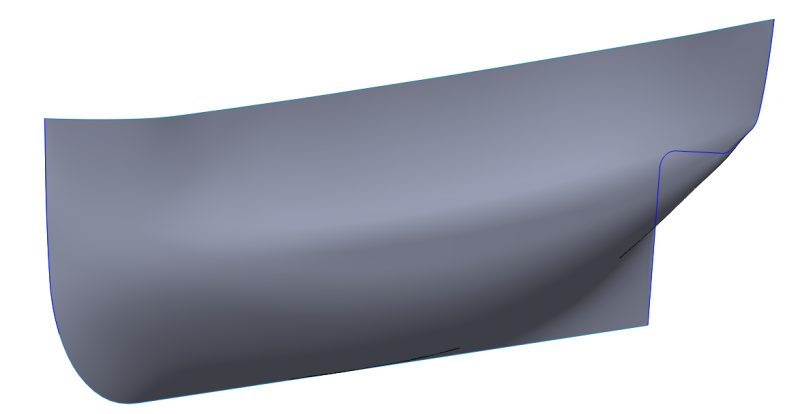
ppddry
Members-
Posts
42 -
Joined
-
Last visited
Profile Information
-
Gender
Male
-
Location
from China, now in Canada
Recent Profile Visitors
-
 JerryTodd reacted to a post in a topic:
HMS Pandora 1779 in 3D
JerryTodd reacted to a post in a topic:
HMS Pandora 1779 in 3D
-
 JerryTodd reacted to a post in a topic:
HMS Pandora 1779 in 3D
JerryTodd reacted to a post in a topic:
HMS Pandora 1779 in 3D
-
 JerryTodd reacted to a post in a topic:
HMS Pandora 1779 in 3D
JerryTodd reacted to a post in a topic:
HMS Pandora 1779 in 3D
-
 JerryTodd reacted to a post in a topic:
HMS Pandora 1779 in 3D
JerryTodd reacted to a post in a topic:
HMS Pandora 1779 in 3D
-
 JerryTodd reacted to a post in a topic:
HMS Pandora 1779 in 3D
JerryTodd reacted to a post in a topic:
HMS Pandora 1779 in 3D
-
 JerryTodd reacted to a post in a topic:
HMS Pandora 1779 in 3D
JerryTodd reacted to a post in a topic:
HMS Pandora 1779 in 3D
-
 JerryTodd reacted to a post in a topic:
HMS Pandora 1779 in 3D
JerryTodd reacted to a post in a topic:
HMS Pandora 1779 in 3D
-
 JerryTodd reacted to a post in a topic:
HMS Pandora 1779 in 3D
JerryTodd reacted to a post in a topic:
HMS Pandora 1779 in 3D
-
 JerryTodd reacted to a post in a topic:
HMS Pandora 1779 in 3D
JerryTodd reacted to a post in a topic:
HMS Pandora 1779 in 3D
-
 JerryTodd reacted to a post in a topic:
HMS Pandora 1779 in 3D
JerryTodd reacted to a post in a topic:
HMS Pandora 1779 in 3D
-
HMS Pandora 1779 in 3D
ppddry replied to ppddry's topic in CAD and 3D Modelling/Drafting Plans with Software
Hi Mark, That's a good point! I think I will dig deeper on this. Thank you for pointing it out. There is another inaccuracy you may notice is that the gammoning loops are not arranged correctly. I tried to draw them in the correct way but the results always look awkward. So I drew them as they are now. Best regards, Jingyang -
HMS Pandora 1779 in 3D
ppddry replied to ppddry's topic in CAD and 3D Modelling/Drafting Plans with Software
Hi Mark, Thank you very much for your explanation! I deliberated on this very issue during the build. I read Ed Tosti and David Antscherl's books and was aware of that they shew different configurations for the knee of the head. But since they are of different classes of ships and I did not have the contemporary plans showing the construction of the knee of the head of the Porcupine class of ships, I decided to just follow the plans in the Anatomy of the Ship book. I think I will have to do more research into the contemporary sources before I can further revise this part. As for the rounding at the front of the knee of the head, I have been trying to maximize it while keeping the width at the top of the timber marked as 5 in plan B2/2 in the AOS book the same as the width of the front face of the timber marked as 1 in the same plan. Best regards, Jingyang -
HMS Pandora 1779 in 3D
ppddry replied to ppddry's topic in CAD and 3D Modelling/Drafting Plans with Software
Hi Mark, Thank you very much to pointing out the inaccuracy! The following picture shows the standard as of now. It seems that I need to modify it further. Also, do you mean the two light blue edges should be rounded near the stem post but remain sharp near their front end? Best regards, Jingyang -
HMS Pandora 1779 in 3D
ppddry replied to ppddry's topic in CAD and 3D Modelling/Drafting Plans with Software
-
HMS Pandora 1779 in 3D
ppddry replied to ppddry's topic in CAD and 3D Modelling/Drafting Plans with Software
Hi Experiment, Yes, it is done from the cross sections in the book, corrected with the scantlings of the frames listed in The Shipbuilder's Repository. I just sent an reply to your PM. Best regards, Jingyang -
HMS Pandora 1779 in 3D
ppddry replied to ppddry's topic in CAD and 3D Modelling/Drafting Plans with Software
Hi Daniel, Sorry for the VERY late reply . The process is as follows: firstly the 2D drawings of the frames are imported on to different reference plans in Solidworks, then draw the boundary of the hull surface with the help of other imported 2D drawing curves, finally use the boundary surface feature in Solidworks to construct the hull surface guided by the curves. As can be seem from the pictures below. And Yes, a set of 2D drawings can be generated from the 3D model. Best regards, Jingyang -
 ppddry reacted to a post in a topic:
HMS Pandora 1779 in 3D
ppddry reacted to a post in a topic:
HMS Pandora 1779 in 3D
-
 ppddry reacted to a post in a topic:
HMS Pandora 1779 in 3D
ppddry reacted to a post in a topic:
HMS Pandora 1779 in 3D
-
HMS Pandora 1779 in 3D
ppddry replied to ppddry's topic in CAD and 3D Modelling/Drafting Plans with Software
Hi Garward! It is a gorgeous model! If I recall correctly this is one of the models that inspired me into undertaking this project -
HMS Pandora 1779 in 3D
ppddry replied to ppddry's topic in CAD and 3D Modelling/Drafting Plans with Software
-
HMS Pandora 1779 in 3D
ppddry replied to ppddry's topic in CAD and 3D Modelling/Drafting Plans with Software
It has been a long time since the last time I visited this website, check the messages (I am very sorry that I did not check them and reply earlier), or updated the model. A lot of things happened over these years, and I had much less time to indulge myself in my hobby than before. I made small progress on the model over the years, but still far from completion. As can be seem from the attached pictures, the beakhead and bowsprit are completed, with their standing rigging in place. The 6-pr guns are also placed at their ports. -
HMS Pandora 1779 in 3D
ppddry replied to ppddry's topic in CAD and 3D Modelling/Drafting Plans with Software
Stefan, your model looks impressive! I am working on the figurehead now, and it is already quite a struggle, not to mention the rigging ... -
HMS Pandora 1779 in 3D
ppddry replied to ppddry's topic in CAD and 3D Modelling/Drafting Plans with Software
Thanks everyone for the good words! Garward, thank you for providing more details about the Pandora model. That’s the very model that inspired me into doing this 3d build. Bernard, that’s a great video! I have seen it before, but I still couldn’t help but watched the full 10 minutes of it again. Tony, it’s alright. My progress is slow so it is good to have something else to fill in the gap. -
HMS Pandora 1779 in 3D
ppddry replied to ppddry's topic in CAD and 3D Modelling/Drafting Plans with Software
-
HMS Pandora 1779 in 3D
ppddry replied to ppddry's topic in CAD and 3D Modelling/Drafting Plans with Software
-
HMS Pandora 1779 in 3D
ppddry replied to ppddry's topic in CAD and 3D Modelling/Drafting Plans with Software
Thank you, Mark, Tony, and Gaetan. Gaetan, it is indeed much easier to visualize the parts in 3D and it helps to resolve some contradictions between different 2D drawings. I am still working on the model, but slowly. I will try to render a picture showing as if someone is inside soon. -
Hi Tony, Does the software you are using have any surfacing commands like "lofting" or "boundary surface"? Such commands should do the job. The following figures show the process of using the "boundary surface" command in Solidworks to generate the hull form from a set of station lines and some other assisting curves.
About us
Modelshipworld - Advancing Ship Modeling through Research
SSL Secured
Your security is important for us so this Website is SSL-Secured
NRG Mailing Address
Nautical Research Guild
237 South Lincoln Street
Westmont IL, 60559-1917
Model Ship World ® and the MSW logo are Registered Trademarks, and belong to the Nautical Research Guild (United States Patent and Trademark Office: No. 6,929,264 & No. 6,929,274, registered Dec. 20, 2022)
Helpful Links
About the NRG
If you enjoy building ship models that are historically accurate as well as beautiful, then The Nautical Research Guild (NRG) is just right for you.
The Guild is a non-profit educational organization whose mission is to “Advance Ship Modeling Through Research”. We provide support to our members in their efforts to raise the quality of their model ships.
The Nautical Research Guild has published our world-renowned quarterly magazine, The Nautical Research Journal, since 1955. The pages of the Journal are full of articles by accomplished ship modelers who show you how they create those exquisite details on their models, and by maritime historians who show you the correct details to build. The Journal is available in both print and digital editions. Go to the NRG web site (www.thenrg.org) to download a complimentary digital copy of the Journal. The NRG also publishes plan sets, books and compilations of back issues of the Journal and the former Ships in Scale and Model Ship Builder magazines.


